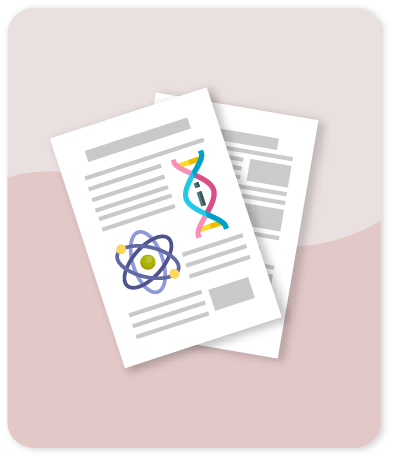Dissociation Mode of the O–H Bond in Betanidin, pKa-Clusterization Prediction, and Molecular Interactions via Shape Theory and DFT Methods

Compartir este ítem
Fecha
2023Autor
Ramírez-Velásquez I.M
Bedoya-Calle Á.H
Vélez E
Caro-Lopera F.J.
Citación
Metadatos
Mostrar el registro completo del ítemResumen
Betanidin (Bd) is a nitrogenous metabolite with significant bioactive potential influenced by pH. Its free radical scavenging activity and deprotonation pathway are crucial to studying its physicochemical properties. Motivated by the published discrepancies about the best deprotonation routes in Bd, this work explores all possible pathways for proton extractions on that molecule, by using the direct approach method based on pKa. The complete space of exploration is supported by a linear relation with constant slope, where the pKa is written in terms of the associated deprotonated molecule energy. The deprotonation rounds 1, …, 6 define groups of parallel linear models with constant slope. The intercepts of the models just depend on the protonated energy for each round, and then the pKa can be trivially ordered and explained by the energy. We use the direct approximation method to obtain the value of pKa. We predict all possible outcomes based on a linear model of the energy and some related verified assumptions. We also include a new measure of similarity or dissimilarity between the protonated and deprotonated molecules, via a geometric–chemical descriptor called the Riemann–Mulliken distance (RMD). The RMD considers the cartesian coordinates of the atoms, the atomic mass, and the Mulliken charges. After exploring the complete set of permutations, we show that the successive deprotonation process does not inherit the local energy minimum and that the commutativity of the paths does not hold either. The resulting clusterization of pKa can be explained by the local acid and basic groups of the BD, and the successive deprotonation can be predicted by using the chemical explained linear models, which can avoid unnecessary optimizations. Another part of the research uses our own algorithm based on shape theory to determine the protein’s active site automatically, and molecular dynamics confirmed the results of the molecular docking of Bd in protonated and anionic form with the enzyme aldose reductase (AR). Also, we calculate the descriptors associated with the SET and SPLET mechanisms. © 2023 by the authors.
Colecciones
- Indexados Scopus [1813]
